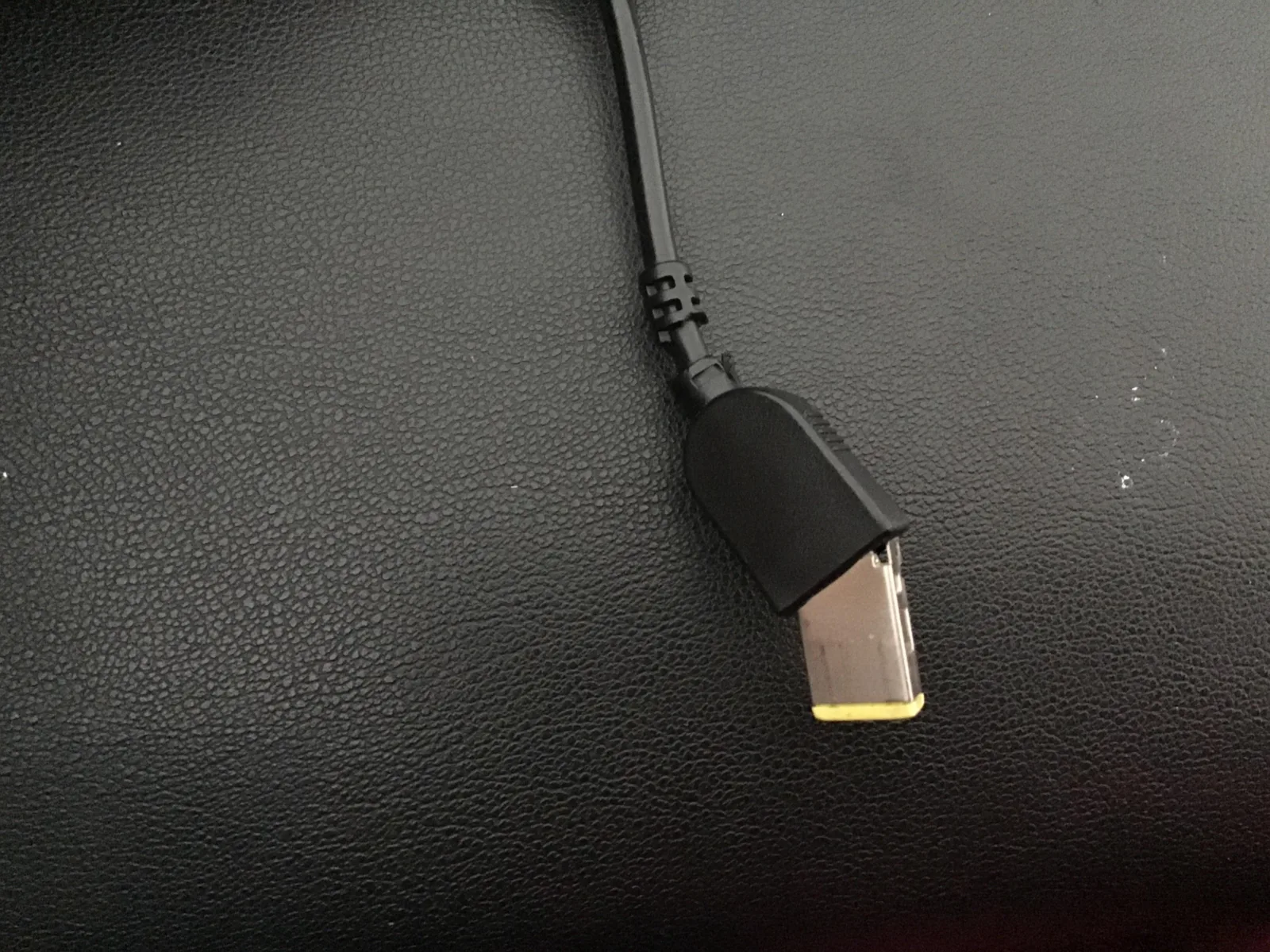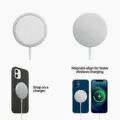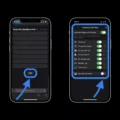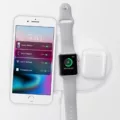A broken charger can be a frustrating problem, especially when you need to charge your devices. However, there are several steps you can take to fix a broken charger and get it working again. Here are some tips to help you troubleshoot and fix a broken charger:
1. Check the outlet: Before assuming that your charger is broken, make sure the outlet you are using is turned on. Some outlets, especially European-style ones, have individual switches that need to be turned on. Ensure that the outlet is functioning properly before moving on to other troubleshooting steps.
2. Verify cable connections: Make sure that the cables are connected correctly to both the charger and the device you are trying to charge. Sometimes, a loose connection can prevent the charger from working properly. Ensure that the cables are securely plugged in on both ends.
3. Look for indicator lights: Many chargers have indicator lights that show whether they are receiving power or not. Check if these lights are on when the charger is plugged in. If the lights are not turning on, it could indicate a problem with the charger or the power source.
4. Reboot the charging device: Sometimes, a simple restart can resolve charging issues. If your device is not charging, try restarting it and then plug it into the charger again. This can help reset any software glitches that might be interfering with the charging process.
5. Try a different outlet: If the charger is still not working, try plugging it into a different outlet. Sometimes, the problem may be with the power source rather than the charger itself. By using a different outlet, you can determine if the issue is with the charger or the electrical supply.
6. Check for damage to the charger: Inspect the charger for any visible signs of damage, such as frayed wires or bent prongs. If you notice any damage, it is best to stop using the charger and replace it with a new one. Using a damaged charger can be dangerous and may cause further issues.
7. Check the components: If you have access to another charger of the same model, try using that charger with your device. This will help determine if the problem lies with the charger or the device itself. If the alternate charger works, then you may need to replace your original charger.
8. Check the fuses: Some chargers have built-in fuses that can blow out if there is a power surge or other electrical issue. If your charger has a removable fuse, check if it is intact and replace it if necessary. However, be cautious when handling fuses and follow the manufacturer’s instructions.
A broken charger can be fixed by checking the outlet, verifying cable connections, looking for indicator lights, rebooting the charging device, trying a different outlet, checking for damage, examining the components, and checking the fuses. By following these steps, you can troubleshoot and fix a broken charger, ensuring that your devices can be charged properly.

How Do You Fix a Broken Charger That Won’t Charge?
To fix a broken charger that won’t charge, follow these steps:
1. Check the outlet: Ensure that the outlet you are using is turned on. In some cases, European-style outlets have individual switches, so make sure it is flipped on.
2. Verify cable connections: Ensure that the cables are connected correctly. Check that the charger is properly plugged into the device you are trying to charge, and that the other end is securely plugged into the power source.
3. Look for indicator lights: Many chargers have indicator lights that show whether they are receiving power or charging the device. If these lights are not on, it could indicate a problem with the charger.
4. Reboot the charging device: Sometimes, simply restarting the device you are trying to charge can resolve charging issues. Turn off the device, unplug the charger, wait for a few seconds, and then plug it back in and turn the device on again.
5. Try a different outlet: Sometimes the problem lies with the outlet itself. Try plugging the charger into a different outlet to see if it works. If it does, the previous outlet may be faulty.
6. Check for charger damage: Inspect the charger for any visible damage. Look for frayed or bent cables, broken connectors, or any signs of wear and tear. If you notice any damage, it may be necessary to replace the charger.
7. Check the components: If the charger has removable components, such as detachable cables or power bricks, ensure that all parts are securely connected. Sometimes, loose connections can prevent the charger from working properly.
8. Check the fuses: Some chargers have built-in fuses that can blow out due to power surges or other issues. If your charger has a fuse, check to see if it is intact. If the fuse is blown, you may need to replace it.
By following these steps, you should be able to troubleshoot and fix a broken charger that won’t charge. If none of these steps work, it may be necessary to consult a professional or replace the charger altogether.
Can Charger Be Repaired?
Chargers can be repaired in many cases. Here are some possible solutions:
1. Check for frayed or damaged cords: Inspect the charger cord for any frayed or damaged portions. If you find any, you can try repairing it by applying electrical tape to the affected areas. Make sure to wrap the tape tightly around the cord to secure it.
2. Clean the charger: Sometimes, dirt or debris can accumulate on the charger’s connectors, preventing a proper connection. Gently clean the charger with a soft cloth or cotton swab to remove any dust or grime that may be hindering the charging process.
3. Restart your devices: Occasionally, a simple restart can solve charging issues. Disconnect your device from the charger and power it off completely. Then, reconnect the charger and turn the device back on. This can help reset any software glitches that might be causing charging problems.
4. Try a different power source: The issue might not be with the charger itself, but rather the power source it’s connected to. Plug the charger into a different outlet or USB port to see if that resolves the problem. If the charger works fine with a different power source, then the original power source may be faulty.
5. Use a different charger: If you have access to another charger that is compatible with your device, try using it to see if the charging problem persists. This can help determine if the issue lies with the charger or with your device.
6. Contact the manufacturer or a professional: If none of the above solutions work, it’s advisable to reach out to the manufacturer of your charger or device for further assistance. They may provide troubleshooting tips or offer repair or replacement options. Alternatively, you can seek help from a professional technician who specializes in charger repairs.
Remember, these solutions may not work in all cases, and it’s important to exercise caution when attempting any repairs. If you are unsure or uncomfortable with repairing the charger yourself, it’s best to seek professional help to avoid any further damage or potential safety hazards.
What Causes Chargers to Stop Working?
Chargers can stop working due to a variety of reasons. Some common causes include:
1. Faulty cable: The cable that connects the charger to the device can become damaged or frayed over time. This can cause a break in the electrical connection, resulting in the charger not working properly.
2. Faulty charger: The charger itself may become faulty due to issues with the internal components. This can be caused by manufacturing defects or wear and tear over time.
3. Faulty socket or adapter: The socket or adapter that the charger is plugged into may be malfunctioning. This can be due to loose connections, damaged wiring, or other electrical issues.
4. Dirt or debris in the charging port: The charging port on the device can become clogged with dirt, lint, or other debris. This can prevent proper contact between the charger and the device, leading to charging issues.
5. Third-party apps interrupting the charging process: In some cases, certain apps running on the device may interfere with the charging process. These apps may consume too much power or prevent the device from entering a charging state, causing the charger to stop working.
It’s important to troubleshoot and identify the specific cause of the charger malfunction. This can help determine whether a replacement cable, charger, socket, or adapter is needed. Cleaning the charging port and closing any unnecessary apps can also help resolve charging issues.
Can You Still Use a Broken Charger?
You should not use a broken charger. It is important to prioritize safety when it comes to electronic devices. Using a broken charger can pose several risks, including potential damage to your device or even personal harm. Here are some reasons why you should not use a broken charger:
1. Damaged plug or prongs: If the plug or prongs of the charger are damaged, it can lead to a poor connection or even electrical shorts. This can result in overheating, electrical shocks, or even fires.
2. Frayed or damaged cable: If the charging cable becomes frayed or otherwise damaged, it can expose the internal wiring. This can increase the risk of electrical shorts, fires, or even electrocution. It is best to replace the cable to avoid any potential hazards.
3. Exposure to moisture or liquid: If the power adapter is exposed to excessive moisture or if any liquid is spilled into it, it can cause a short circuit. This can damage the charger, your device, or even cause electrical shocks or fires. It is crucial to keep the charger away from any liquids and replace it if it has been exposed to moisture.
Using a broken charger can be dangerous and should be avoided. It is important to prioritize safety by replacing a damaged charger with a new one.
Conclusion
A broken charger can be a frustrating issue to deal with, but there are several steps you can take to fix it. Firstly, make sure the outlet is turned on and that the cables are connected correctly. Look for any lights or indications that the charger is receiving power. If the charger still does not work, try rebooting your charging device or using a different outlet. It is also important to check for any damage to the charger itself, such as frayed cords or broken components. If necessary, you can apply electrical tape to any frayed portions of the cord. Additionally, checking the fuses in the charger can help determine if there is an issue with the power supply. Remember to always prioritize safety and stop using the power adapter and cables if there are any signs of damage or exposure to moisture. By following these steps, you can increase the chances of fixing a broken charger and getting your devices back up and running.








